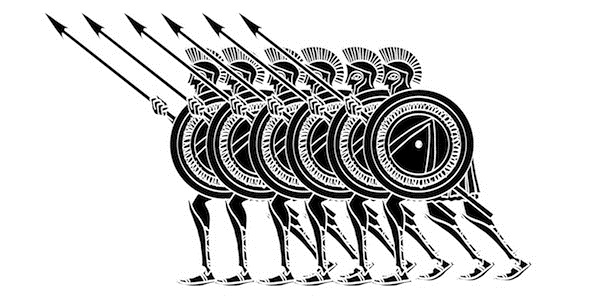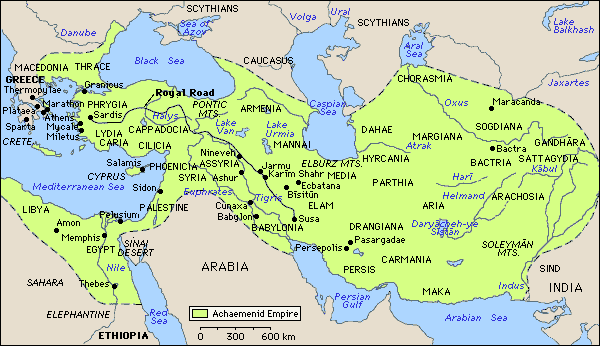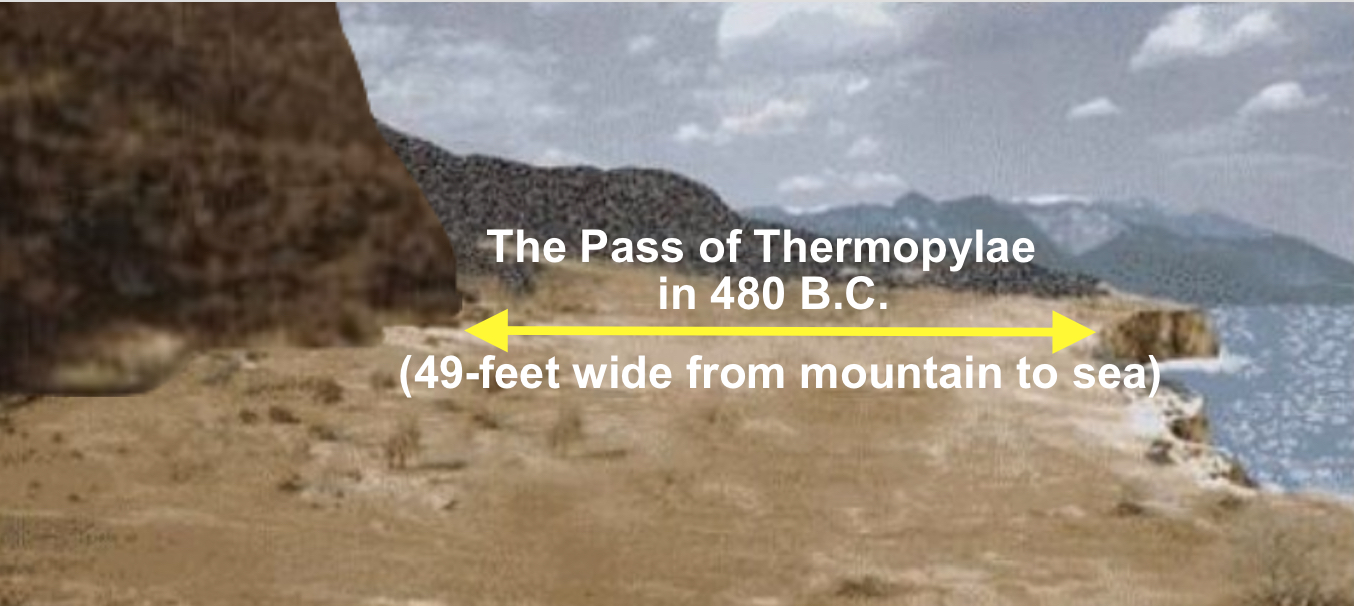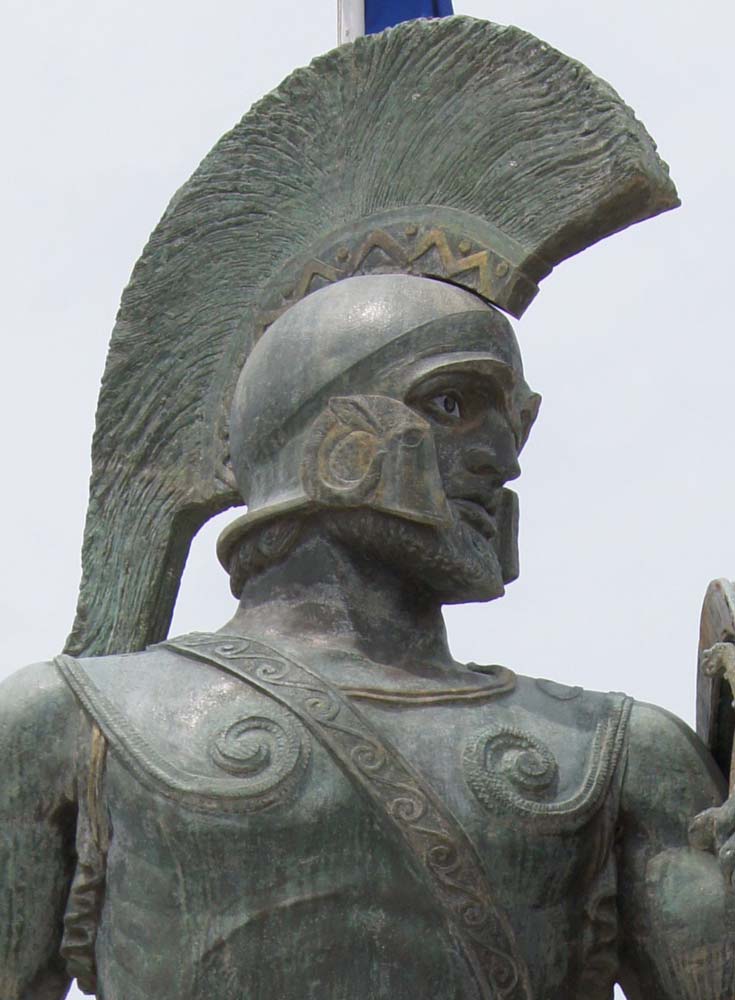-
Gallery of Images:

-
The Battle of Thermopylae was over. Leonidas and his 300 Spartans all lay dead, as did the 700 Thespians who had stood by them. The Persian dead were said to number around 20, 000, although Xerxes tried to conceal this horrendous loss by having most of them secretly buried, leaving only about 1, 000 Persian bodies for his army to see as it. 300 Spartans under King Leonidas and other Greek allies hold back the Persians led by Xerxes I for three days but are defeated. Aug 480 BCE The indecisive battle of Artemision between the Greek and Persian fleets of Xerxes I. Casualties for the Battle of Thermopylae are not known with any certainty but may have been as high as 20, 000 for the Persians and around 2, 000 for the Greeks. With the defeat on land, the Greek fleet withdrew south after the Battle of Artemisium. The 300 Spartans: 1962 Beskriver slaget ved Thermopylene. Go Tell the Spartans: 1978 The Battle of Thermopylae: A Campaign in Context. Stroud, Gloucestershire, UK: Tempus Publishing, 2006 (hardback, ISBN ). Although there were 300 Spartans present at the defense of Thermopylae, there were at least 4000 allies involved on the first two days and 1500 men involved in the fatal last stand. Still a tiny figure compared to the forces against them, but more than the legend, which forgets some contributors. The Zack Snyder film 300, released in 2006, depicts a sensationalized account of the Battle of Thermopylae, which was fought in 480 BC between Persia, under the command of Xerxes, and a contingent of Greek soldiers led by the Spartan King Leonidas. ) was a king of the citystate of Sparta from about 490 B. until his death at the Battle of Thermopylae against the Persian army in 480 B. Notes on The Battle of Thermopylae History Channel Video Last Stand of the 300 3 Runner reports victory to Athens dropped dead after 26 miles Watch videoIn the Battle of Thermopylae of 480 BC an alliance of Greek citystates fought the invading Persian army in the mountain pass of Thermopylae. Vastly outnumbered, the Greeks held back the enemy in one of the most famous last stands of history. the battle of thermopylae was fought between Leonidas and Xerxes I of Persia for three days they defenede the pass but on the 2nd Day A Traitor named Ephialtes led the Persians into a path and there they attacked the greeks. I had heard people complaining about 300 not being historically accurate, and while being true, that movie was meant to entertain, not teach history. This program goes into depth about the lives of the Spartans and circumstances surrounding the battle at Thermopylae. The Battle of Thermopylae: Herodotus vs. the movie 300 This famous battle between a few Spartans and the Persian army has been told and retold by many people through the ages, with differing accounts of the terrain, tactics and size of the opposing armies. The most popular misconception about the Battle of Thermopylae probably relates to the numbers fielded in the battle. In fact, in many corners of popular culture, the encounter is often depicted as 300 Spartans (aided by their ragtag group of allies) versus over a million Persians. The Battle of Thermopylae(Greek: ), detailed primarily by Herodotus, was fought in August 480 BC, between an alliance of Greek citystates and the invading Persian Empire of. The Battle of Thermopylae (480 BCE), also known as the Battle of the 300, was a military engagement at Malis, in northern Greece, between the forces of the invading Persian Empire and a combined Greek army, whose supreme commander was King Leonidas of Sparta. The battle of Thermopylae has been well represented in books historical fiction and nonfiction and films. the forces of the Persian Empire under King Xerxes, numbering some two million men, bridged the Hellespont and marched in their myriads to invade and enslave Greece and all of Europe. 300 is a 2006 American epic war film based on the 1998 comic series of the same name by Frank Miller and Lynn Varley. Both are fictionalized retellings of the Battle of Thermopylae within the Persian Wars. The film was directed by Zack Snyder, while Miller served as executive producer and consultant. It was filmed mostly with a superimposition chroma key technique, to help replicate the imagery. The real history behind the Hollywood Fiction of Sparta's participation at battle of Thermopylae and its '300' Spartans sacrifice. From a combined force of 7, 000 allied Greek forces holding the pass of Thermopylae, to the Athenian sea The real 300 Spartans history behind the Frank Miller 300 graphic novel and the film. Find out what really happened at the Battle of Thermopylae in 480 B. Battle of Thermopylae (191 BC), an important battle where Roman forces defeated the Seleucid King Antiochus III the Great Battle of Thermopylae (267), the unsuccessful defense of the pass by local forces during the great invasion of the Balkans by the Heruli. 300 Revisited: Fact and Fiction in Hollywood's Depiction of the Battle of Thermopylae TeachersFirst. com: A website by teachers, who recommend as a student resource The Battle of Thermopylae has been an integral part of the curriculum of many high schools, colleges and universities around the world. First battle scene from the movie 300(2006). Leonidas, the king of Sparta, motivates his warriors to defend the Hot Gates, thus blocking the invading Persian forces of Xerxes into the narrow. (Thermopylae is famous for the Battle of Thermopylae under King Leonidas who fought with 300 Spartans and 700 Thespians to the death against a gigantic Persian army in 480 BC. ) General Bernard Freyberg was given the task of defending the coastal pass with Mackay defending the village of Brallos. Battle of Thermopylae is most famous for the last stand of 300 Spartans though it is not known by many that it also involved 1100 warriors from other Greek states. It was fought for 3 days in the year 480 BC and was part of the Second Persian Invasion of Greece led by Xerxes the Great. The famous last stand of King Leonidas and his 300 Spartan hoplites against the massed forces of Xerxes I is the stuff of legend. A Greek force of some 5, 000 men, commanded by King Leonidas of Sparta, was prepared to fight to the death to stop the Persian advance at Thermopylae. Trace major events of the battle at Thermopylae and understand the significance of the conflict. Compare the leaders and the armies of the Greeks and the Persians and understand what they reveal about ancient Greek and Persian culture. In the Battle of Thermopylae of 480 B. an alliance of Greek citystates fought the invading Persian army at the pass of Thermopylae. Vastly outnumbered, the Greeks delayed the enemy in one of the most famous last stands of history. A small force led by King Leonidas of Sparta blocked the only road through which the massive army of Xerxes I could pass. Battle of Thermopylae Part of the GrecoPersian Wars 250px The site of the battle today: the road to the right is built on reclaimed land and approximates the 480 BC shoreline. Date August 20[1 or September 810, [2 480 BC Location Thermopylae, Greece Result Persian victory. a[ Territorial The Battle of Thermopylae, 480 BC, was fought between an alliance of Greek citystates, led by Sparta, and the Persian Empire of Xerxes I. It took place at the pass of Thermopylae. The Battle of Thermopylae ( r m p l i thrMOPilee; Greek: , Mach tn Thermopyln) was fought between an alliance of Greek citystates, led by King Leonidas of Sparta, and the Persian Empire of Xerxes I over the course of three days, during the. The account of the Battle of Thermopylae found in Diodorus Siculus (. 4) is remarkably different from the more commonly known Herodotean version of events (7. Most strikingly, his account includes details of a night raid on the Persian camp made by Leonidas and his men. Zack Snyders 2007 fantasy historical film, 300, has probably made the Battle of Thermopylae one of the most famous battles of the ancient world. It may be pointed out, though, that the film has more fantasy than history in it. Most people would be aware that the leader of the Greeks during the battle was Leonidas of Sparta. The Battle of Thermopylae was fought between an alliance of Greek citystates, led by Sparta, and the Persian Empire of Xerxes I over the course of three days, during the second Persian invasion of Greece. Zack Snyders 2007 fantasy historical film, 300, has probably made the Battle of Thermopylae one of the most famous battles of the ancient world. Battle of Thermopylae, (480 bce), battle in central Greece at the mountain pass of Thermopylae during the Persian Wars. The Greek forces, mostly Spartan, were led by Leonidas. After three days of holding their own against the Persian king Xerxes I and his vast southwardadvancing army, the Greeks. The battle of Thermopylae is one of the most memorable battles fought during the Persian wars. The encounter took place between Greece and their allies (Thespians and Thebans) which were led by King Leonidas, and the Persian Empire led by Xerxes I. At Thermopylae in the late summer of 480 the Spartan king Leonidas held out for three days with a mere 300 hoplites against thousands upon thousands of the best of the Great King's troops. Thermopylae (; Hot Gates): small pass in Greece, site of several battles, of which the Spartan defeat against the Persian invaders in 480 is the most famous. 300 (Monday, ITV2, 9pm) BASED on Frank Miller's graphic novel, 300 is a bruising war epic recounting the Battle of Thermopylae, at which the vastly outnumbered Spartan army fought to the bloody death against the might of the Persians. The Battle of Thermopylae pitted the Greek citystates, led by King Leonidas of Sparta, against the mighty Persian Empire under Xerxes I as Xerxes' army attempted to invade mainland Greece. The Battle of Thermopylae (480 BC) is famous for one of the most courageous last stands by the vastly outnumbered defending army of Greek city states lead by King Leonidas I of Sparta against invading Persians under King Xerxes I. hot gates) was a pass the Greeks tried to defend in battle against the Persian forces led by Xerxes, in 480 B. The Greeks (Spartans and allies) knew they were outnumbered and hadn't a prayer, so it was no surprise that the Persians won the Battle of Thermopylae. The Battle of Thermopylae, 480 BC, was a battle in the second Persian invasion of Greece. It was fought between an alliance of Greek citystates, led by Sparta, and the Persian Empire of Xerxes I. The Battle of Thermopylae The position of the Greek army at the narrow pass at Thermopylae was a tactical move, the idea that was the Greek army was a lot smaller but because the pass was tight the Persian army would not be able to overrun the Greeks. The battle of Thermopylae was the first between the Persians and Greeks during the Persian invasion of BC. The Greek force was very small but was determined to. The Battle of Thermopylae ( r m p l i thrMOPilee; Greek: , Mach tn Thermopyln) was fought between an alliance of Greek citystates, led by King Leonidas of Sparta, and the Persian Empire of Xerxes I over the course of three days, during the.
-
Related Images:











